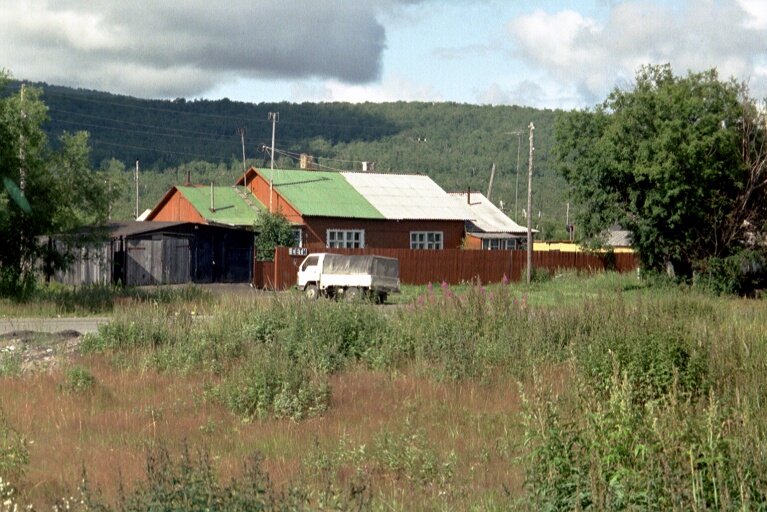
Kamchatka has an area of size comparable to the old West Germany. Out of Kamchatka's population of about 440000, about 360000 leave in Petropavlovs-Kamchatsky and some its satellite towns. The vast majority of the peninsula is largely undeveloped. There are only few fishing outposts and scattered towns and villages.
The people from other regions of Russia know Kamchatka not because of their pristine nature, there is enough of this in the huge Siberia, but because of their volcanic and geothermal fields. Hot springs are for the most Russian tourists the main attraction on the peninsula. The military bases in Kamchatka are well known too.
Fishery and hunting are the most important source of incomes for the citizens of Kamchatka. Furs are still big business on the peninsula. For many city dwellers, trapping is a way of life; they spend several months of the winter in the woods setting their traplines for sable. These trappers are allocated sections of land by the governmental hunting agency, in return for which they must return a certain part of their catch to the government.
